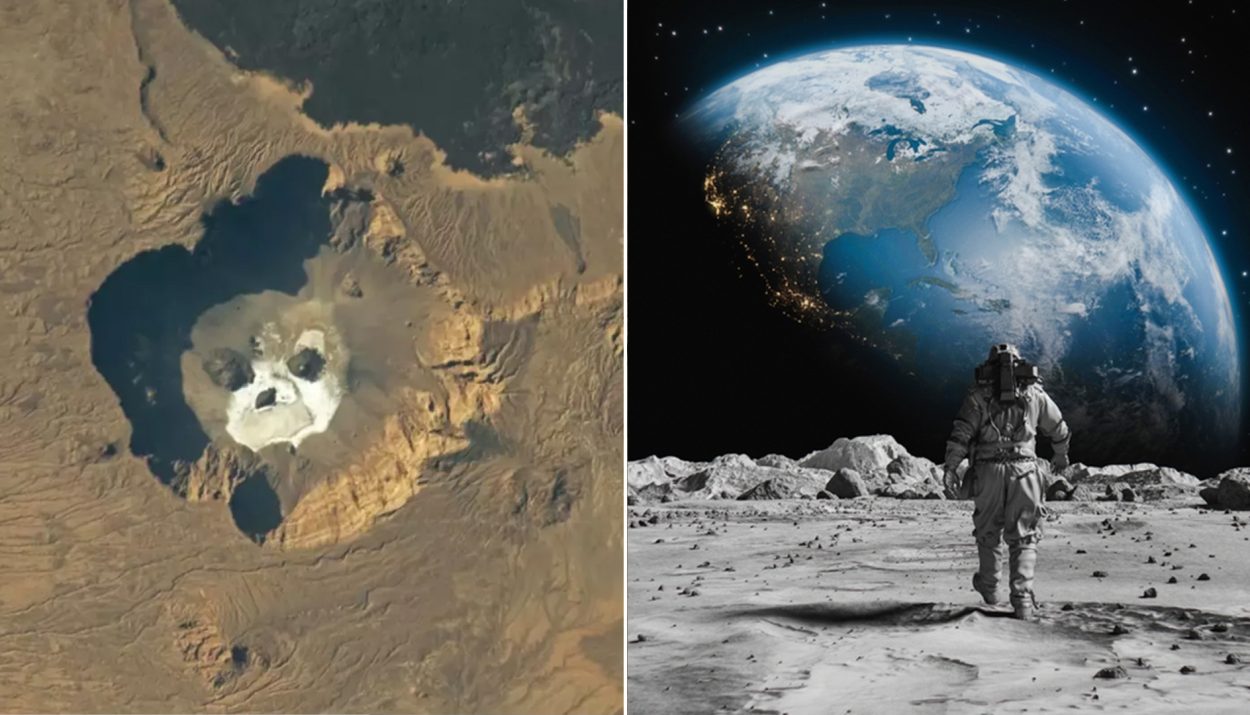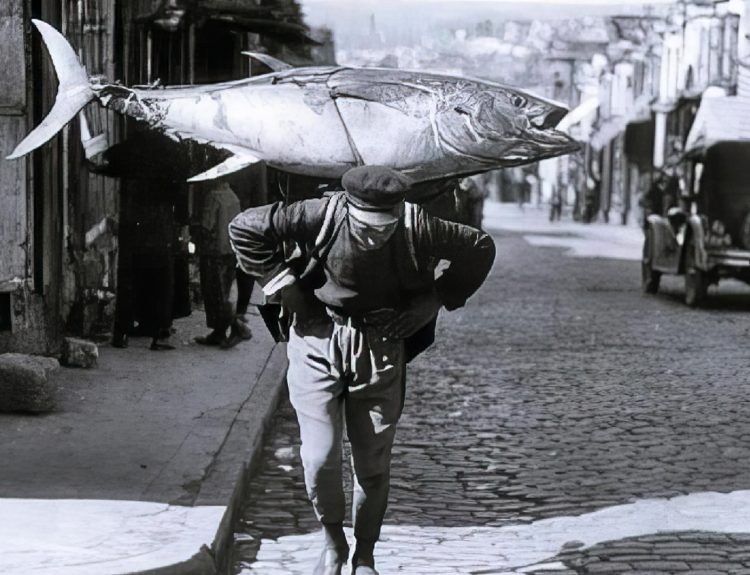Space is a vast expanse of nothing, and it’s creepy enough as it is. But what about noticing a giant skull glaring back at you from the earth’s surface as you flew overhead? An astronaut on the ISS saw just that, and here we’ll do a little sleuthing to get down to what this really is.
A Skull On The Planet
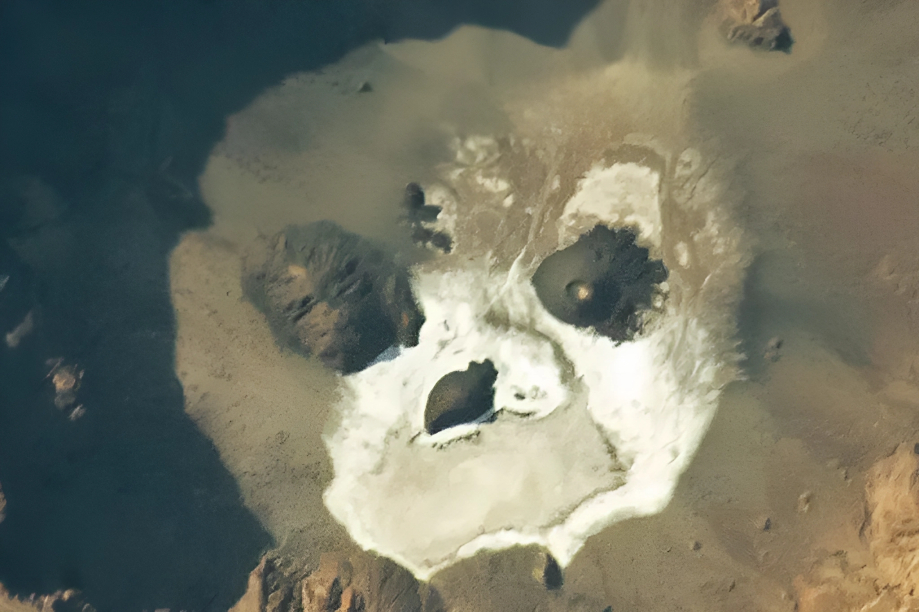
Floating some 3,300 feet (1,000 meters) above the earth’s surface, an astronaut on the International Space Station saw a strange and eerie sight. There, on the face of the plant, was a skull staring back at him. Looking at this image, he seemed to have been right, or was he?
The ISS was over the African country of Chad – a place with severe social unrest and political upheaval. He quickly took the picture on February 12th, but NASA only decided to share the eerie image with the world on Halloween night, 2023. It was no coincidence, as the image was bizarre, even to those on the planet.
Is It Something Supernatural?

Before you start with the aliens, no, it isn’t aliens or anything supernatural, either. Instead, it’s a strange, coincidental arrangement of natural features that looks almost like a skull when you take the picture at a particular angle. Yes, it’s an optical illusion.
Instead of something eerie like a skull, the area is actually populated by two calderas – collapsed volcanic cones. The white space is a soda deposit in Trou au Natron (also called Doon Orei) made up of a collection of carbonate salts. As eerie as it looks from the sky, it’s not nearly as scary on Earth.
Calderas, Volcanoes, and Eruptions

This area of Chad isn’t volcanically active anymore since the cones that form the eyes of the picture aren’t spewing lava. If it were, it might have made the picture ten times scarier because flaming, red eyes are not something you want to see coming out of a skull.
The dark areas that look like the eyes are formed by shadows casting on a caldera. Calderas are created when volcanic eruptions happen, and lava leaves a cavern underneath the cone. The cone collapses into the cavern, forming a caldera. Some calderas even become lakes.
When Did It Last Erupt?

This is a tricky question to answer since scientists aren’t 100% sure when the last eruption occurred in this area. Based on lava flows in the area, they can’t get any evidence that they can use to date the previous eruption. All they know is that it’s before recorded history, as no records exist of an eruption here.
The Tibesti Mountains, which this caldera and “skull” are a part of, stretch across the Sahara Desert. This region covers over 6,000 square kilometers. While the volcanic cones that make up the skull aren’t active, there’s an active one a little way to the north of these.
You See What You Want to See
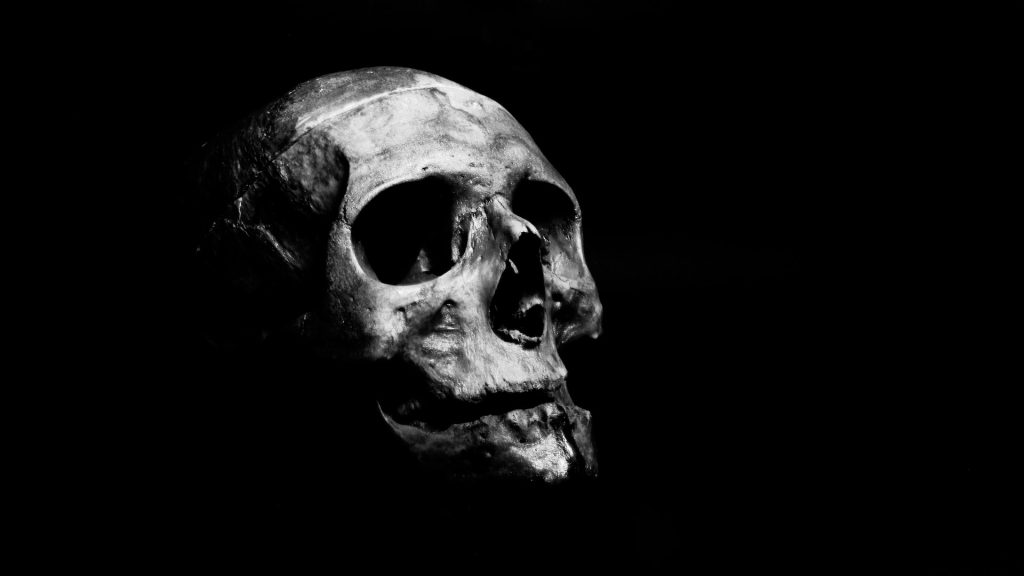
Human beings owe pattern recognition a significant debt in our survival. Our pre-modern ancestors could spot patterns in things, which allowed them to avoid predators much more easily than other species. However, since we’re no longer in the trees, this pattern recognition can sometimes be a downside.
Spotting a skull in natural phenomena is part of our pattern recognition coming out to play. Psychology calls seeing things in inanimate objects “face pareidolia.” It happens because our brains are primed to recognize faces in things, even when there aren’t any faces there. The brain sees a pattern and runs with it.
How The “Face” Was Made
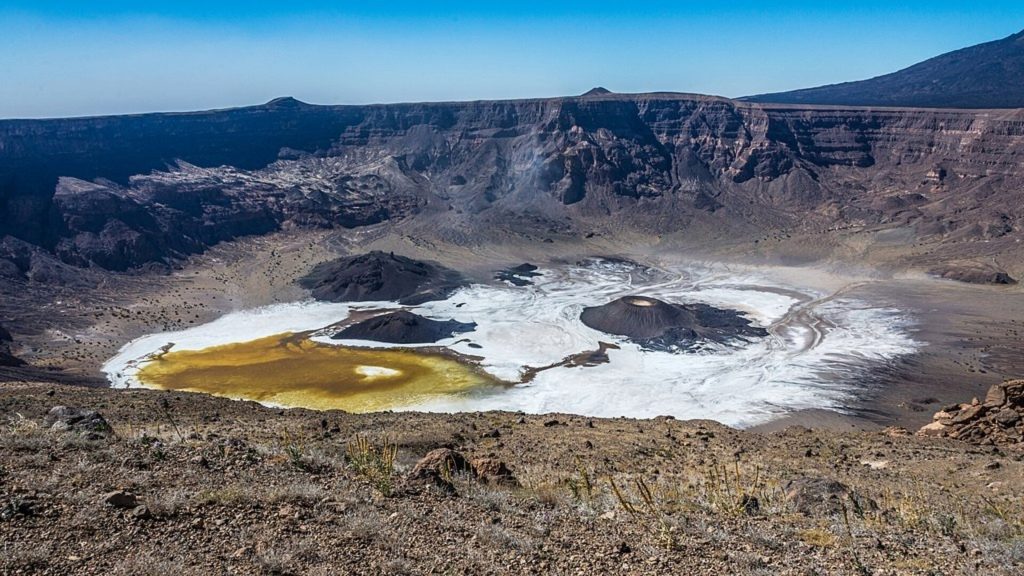
Looking at the face from this angle, it’s obvious how the features come together. The edge of the face is made from the caldera mentioned above, casting its shadow from the incoming sunlight. It creates a natural curve that forms the face’s outline and allows us to see the rest of it.
The “eyes” and “nose” are formed from inactive cinder cones. Scientists think that the cones are pretty young, maybe as recent as a few thousand years ago. The white area around the skull’s mouth is the soda deposit of natron, which gives the area its name. Trou au Natron translates to “natron hole.”
Lifeless Present, But Active Past
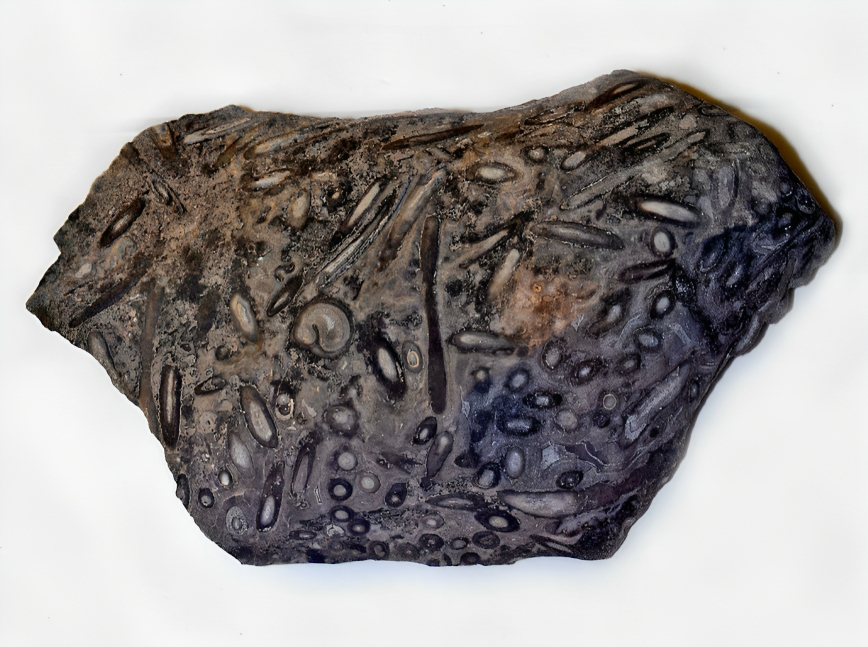
While the skull area is not volcanically active today, it was at one point in the past. Scientists think that as recently as 14,000 years ago, it was a glacial lake. That may not sound recent to us, but it’s the blink of an eye on a geological time scale.
In the 1960s, archaeological excavations suggested that the Sahara was a sea. Fossils of plankton and sea snails were found in the area around the caldera. More recent excavations into the site found algal fossils dating back to 120,000 years ago. While today the only thing in the caldera is the natron, it was quite vibrant in the past.
Seeing Things From Space
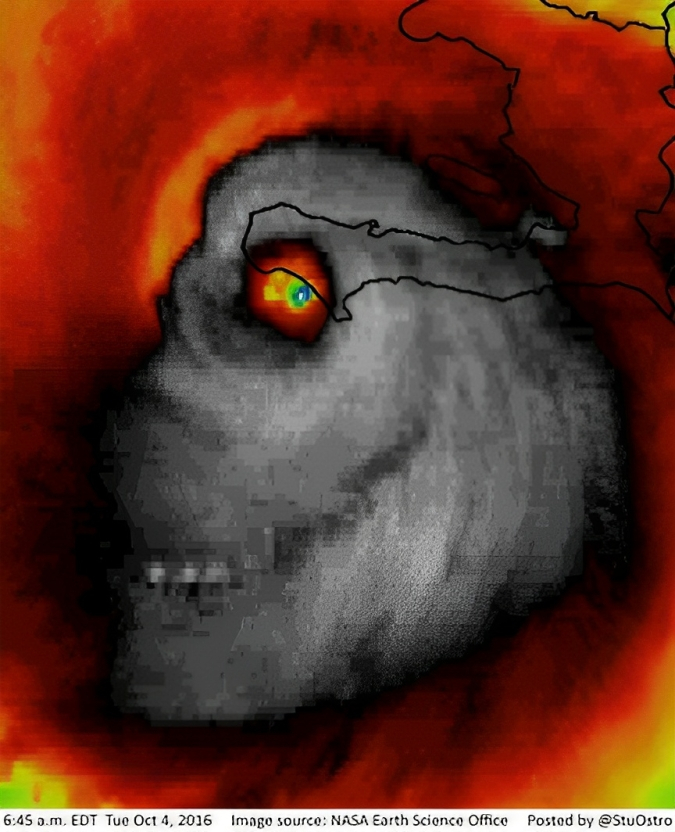
Most of us would be freaked out seeing things from space. Even the astronauts on the ISS aren’t used to seeing these weird things occurring on the face of the Earth. However, this skull isn’t the first and won’t be the last. Thanks to our penchant for spotting faces in things, there may be many more of them.
In 2016, a weather satellite picked up this sinister-looking storm, Hurricane Matthew, on its way to make landfall in Haiti. Doesn’t that look like the most sinister, grinning death’s head in existence? We’ll keep seeing faces in things’ but we know, deep down, it’s just our old pattern recognition getting the better of us.

